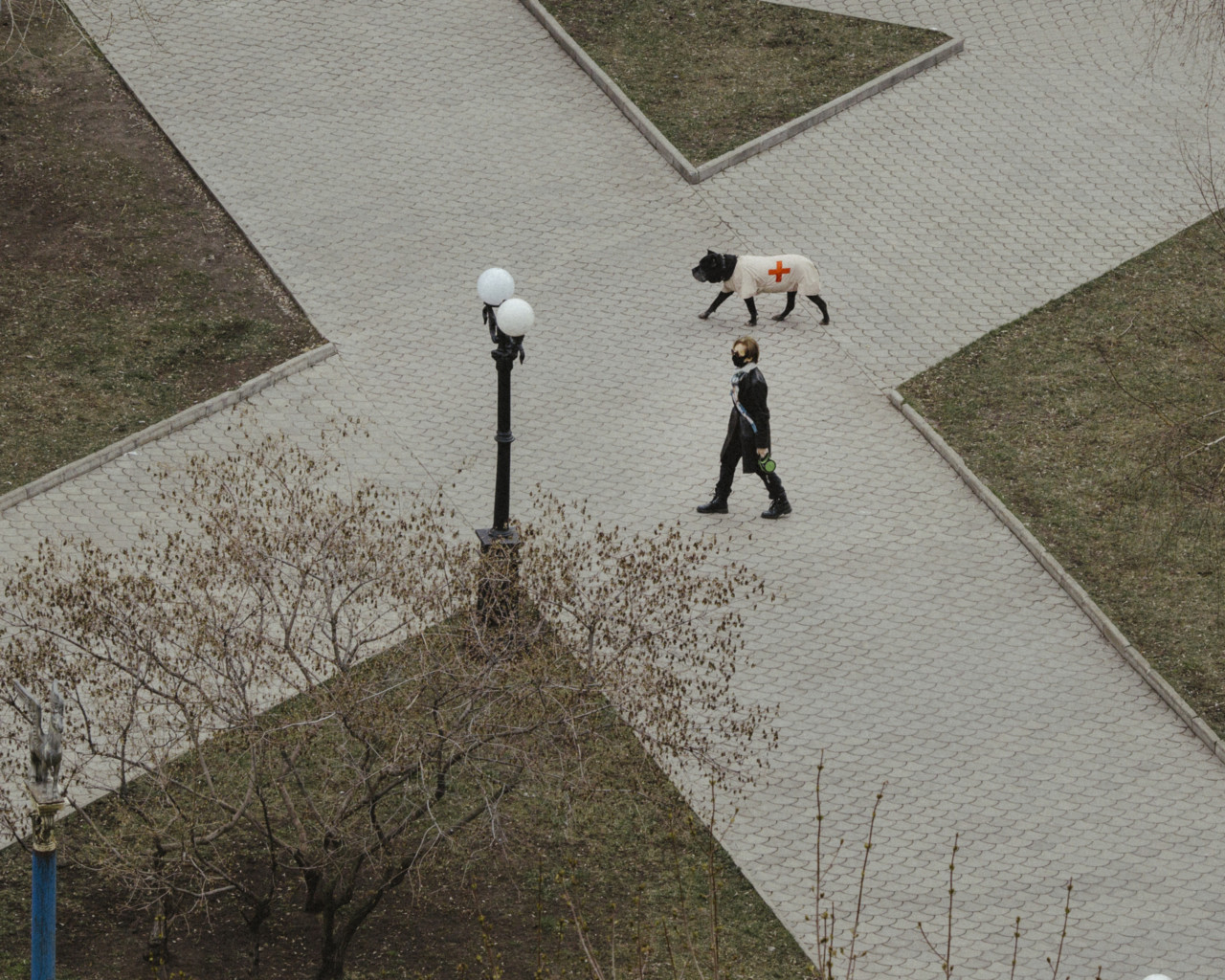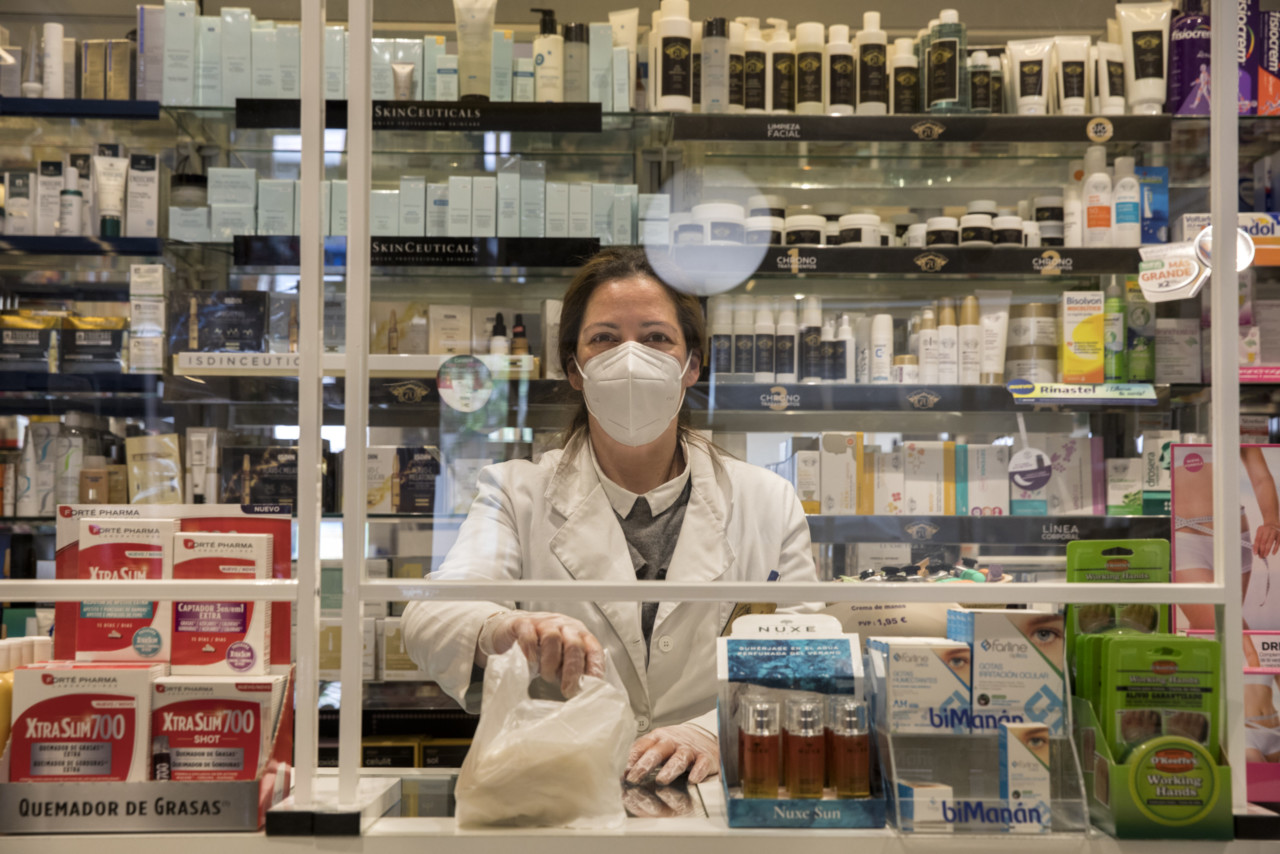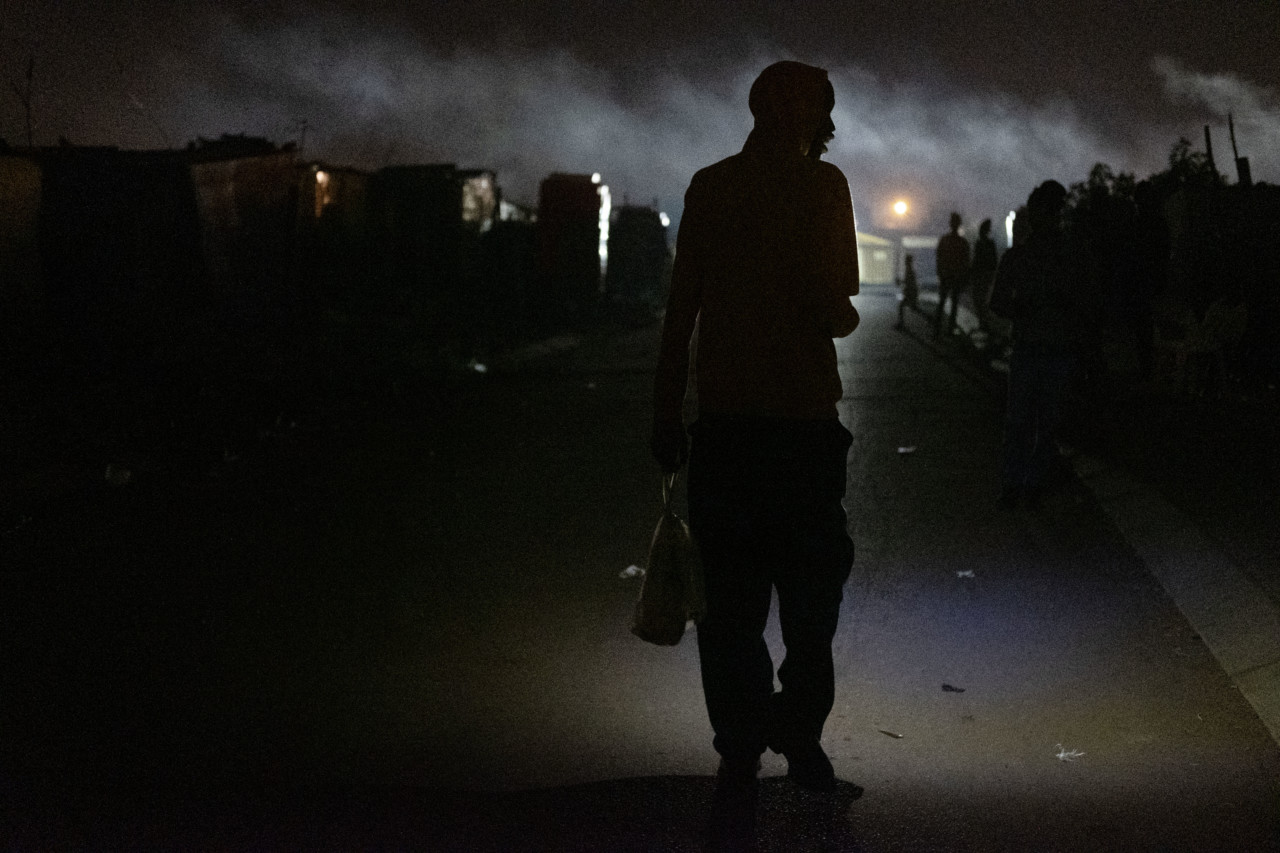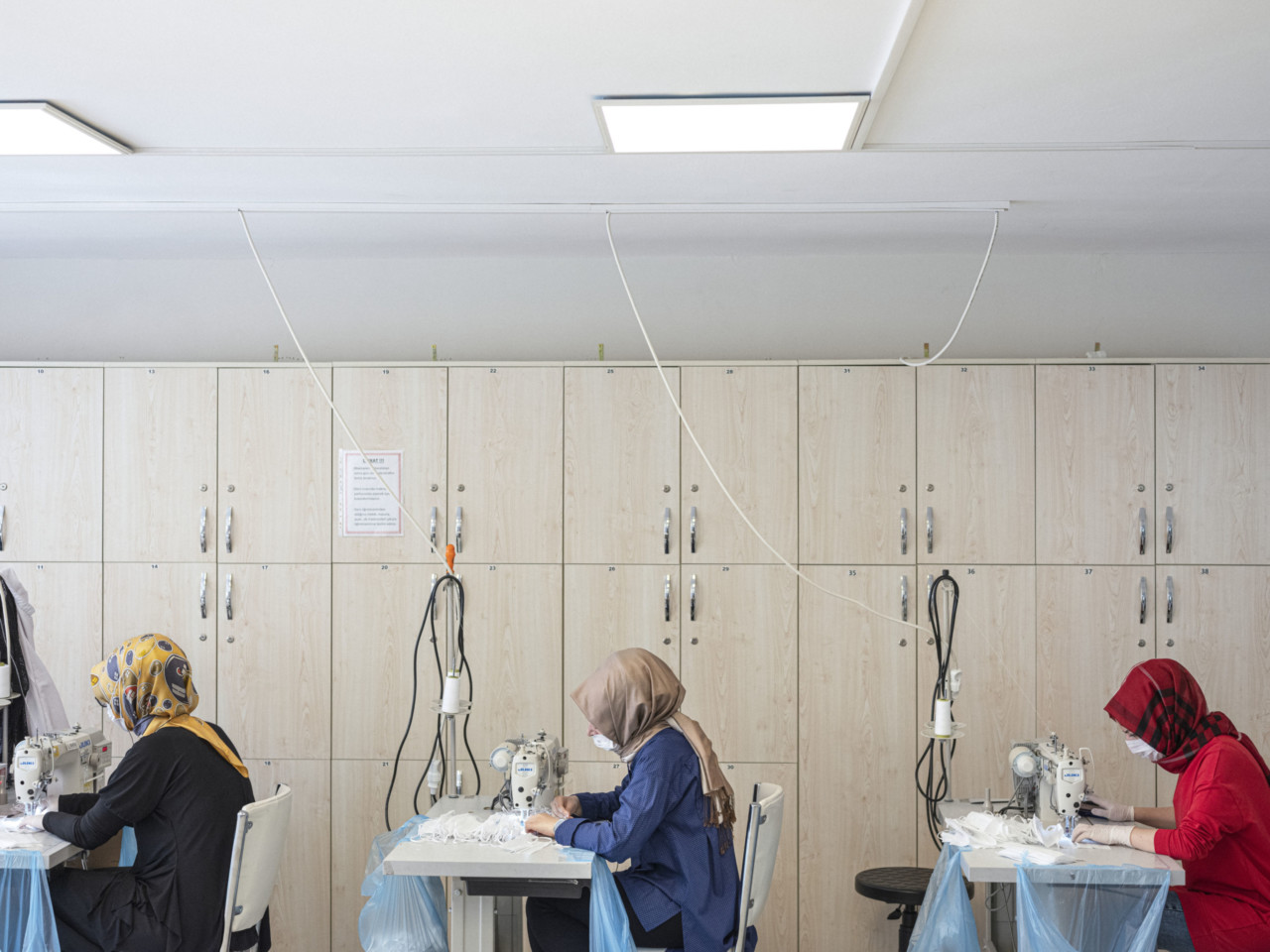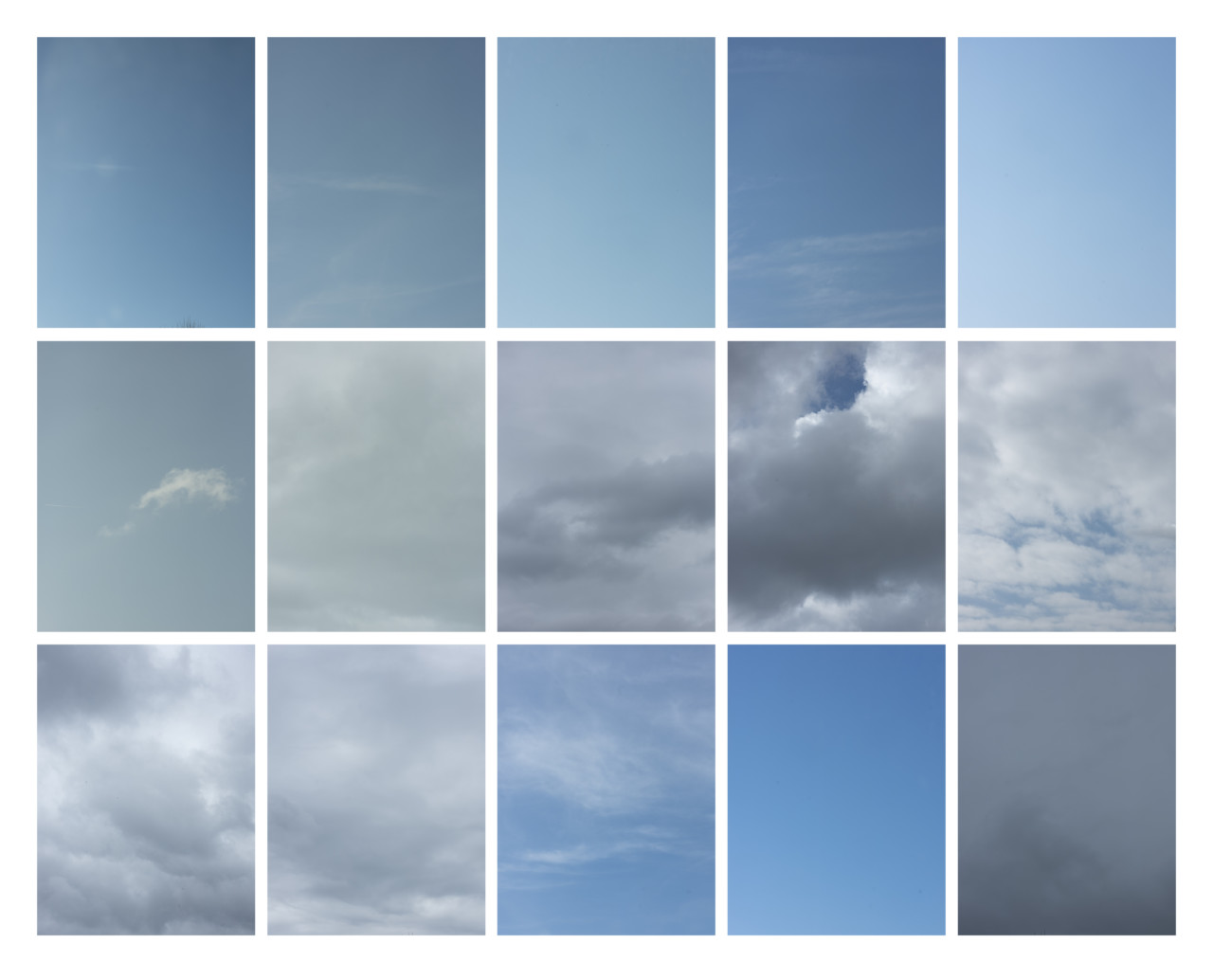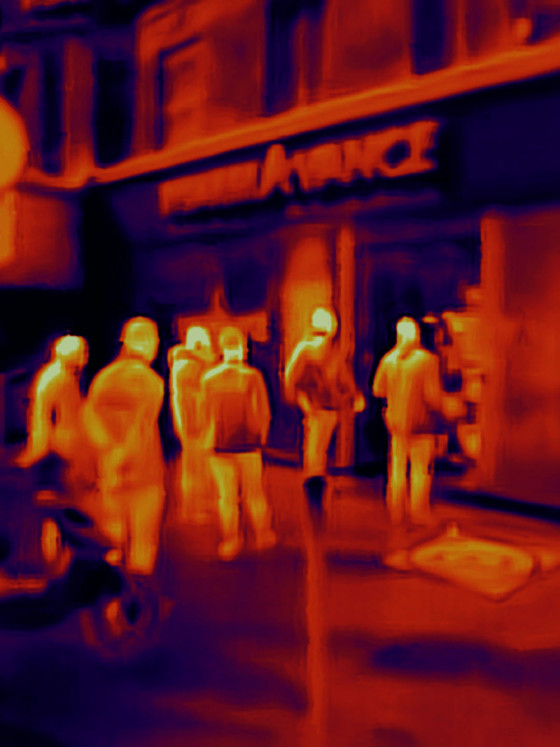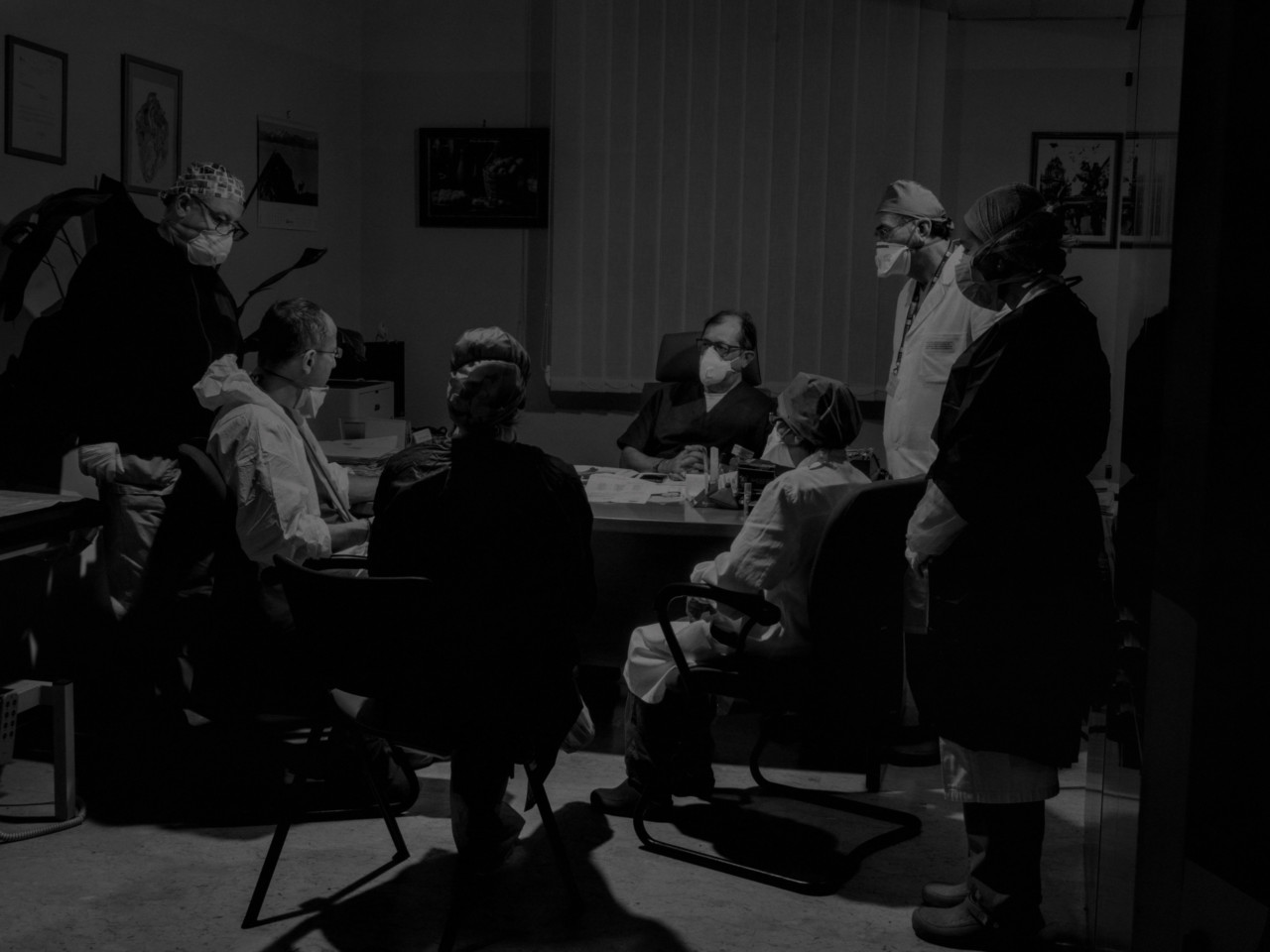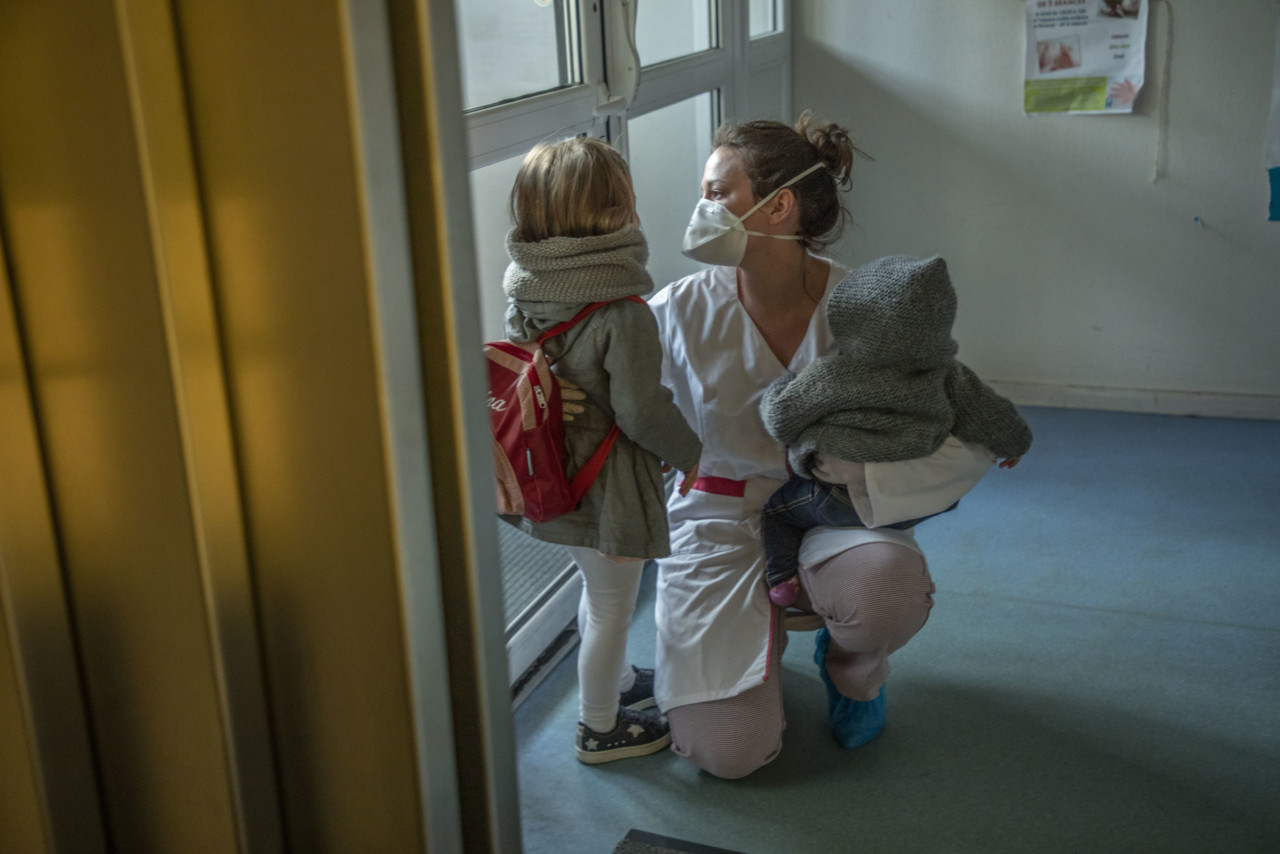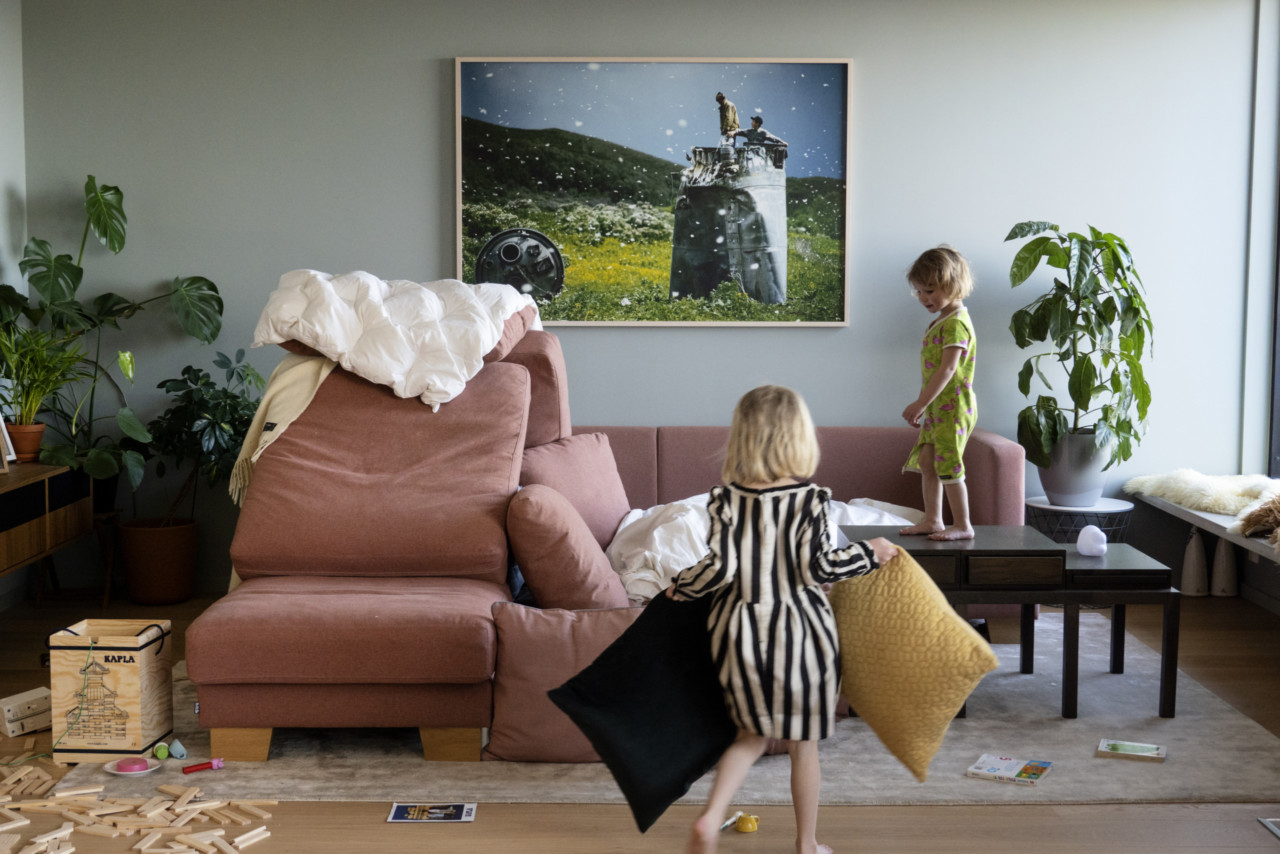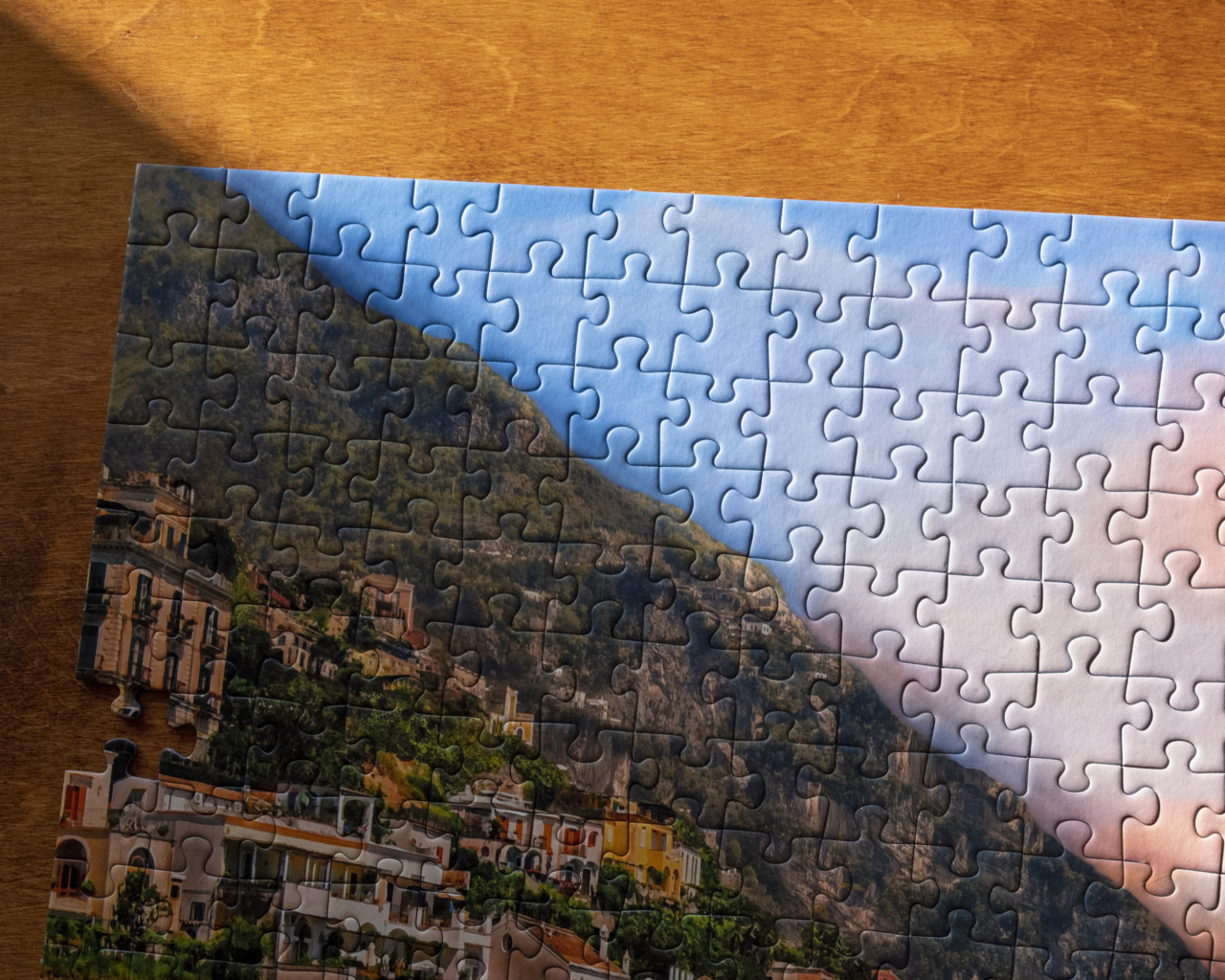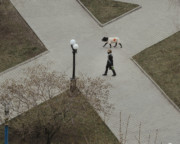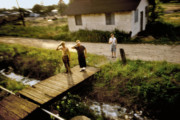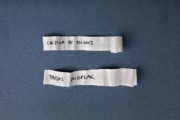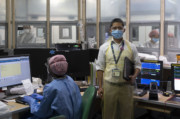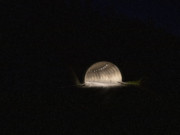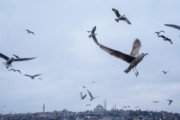Magnum Photos’ Collaboration with the International Red Cross and Red Crescent Museum
The heritage institution and the collective have produced a participatory project that incorporates a film, a digital exhibition, and a museum show
On May 18, Magnum Photos and the International Red Cross and Red Crescent Museum in Geneva launched a global collaboration prompted by the COVID-19 crisis. Titled “COVID-19 and Us by Magnum Photos and You”, the collaboration takes place across three phases. From May 18 until the end of June, photographs by Magnum photographers will be shared on the museum’s digital platforms, as audiences are invited to submit their images and personal testimonies in response. As the Museum reopens to the public on June 9, visitors will be able to discover some of the images as exhibition prints in the museum: every other week this summer, a new series of photographs will be installed in their permanent exhibition, The Humanitarian Adventure.
The following is adapted from a live conversation between Pascal Hufschmid, director of the International Red Cross and Red Crescent Museum, and Pauline Vermare, cultural director of Magnum Photos, New York, which took place online on May 29, 2020.
A selection of the work and personal stories submitted to the project has been made into a film, shown at the end of this article, and on display at the Museum.
Stay up to date with the project online via the @redcrossmuseum on Instagram. Read more about the project via the Museum’s website here, and submit your COVID-19 story here.
How was this project born ?
PH: Through social media. On March 23rd, I published a LinkedIn post which I forwarded to Pauline via WhatsApp. It presented an initiative of the International Red Cross and Red Crescent Museum launched in response to the pandemic just 10 days after our closure. In this post, I shared my vision: “I strongly believe that museums and all cultural institutions are powerful, relevant and innovative storytellers not just places we go to. #covid19 might force us all to stay at home but we are free to #dreambig and to look ahead. This is why we need culture now, more than ever! “Pauline had a wonderful answer: “Bravo! Wonderful initiative. And we want to fight with you.” That was it.
PV: When the COVID-19 crisis hit us all, one of the overwhelming feeling was a dire need to remain out in this world as we were locked inside, feeling smothered, mute, and disconnected. Pascal and I have known each other for many years – we worked at the Fondation Henri Cartier-Bresson together over 15 years ago. Both of us have background in international relations and politics as well as photography, and see photography as a tool to connect, which was exactly what we needed in that moment – to connect with our audiences, to see how we could help them manage and make sense of this collective trauma. Andrea Holzherr, the cultural director of Magnum Paris, and Sandra Sunier, the head of exhibitions of the Red Cross museum, who are also driving this project, had worked on a major show in 2018: Exil. And so, it came naturally to us all, during the first weeks of confinement, to try and envision a collaboration between our institutions.
What was the main impetus on both sides?
PH: The pandemic has completely disrupted our daily lives. At the International Red Cross and Red Crescent Museum, we have chosen to fully embrace the changes brought about by COVID-19, looking for agile solutions that allow us to move forward with our visitors. A central question has guided us: as a museum, how can we contribute to the search for a new normal? By creating a safe space, online and within our premises, so that together we can make sense of what is happening to all of us and share our experiences. For instance, the images produced by Magnum Photos allow us to confront ourselves with a multiplicity of points of view on the pandemic, which is experienced both in a collective and very personal way. We also had three other objectives. First, we wanted to create a memory of this unique situation. A portfolio of Magnum prints will enter our collections along with our visitors’ personal stories. Through an online portal, we give them the opportunity to share with us their account of the pandemic. All this material will be safely kept for future generations. Second, we are proud to shed light on the museum’s professions. Participatory, experimental, and spontaneous, this project reveals all the expertise and talents involved in designing and launching such an ambitious collaboration on very short notice. Finally, we understand the museum as place of opportunity for all artists. In this case, we are proud to support photographers. If producing new work is already a challenge under normal circumstances, it is all the more so in times of crisis.
PV: Our institutions are very much complementary, and so it seemed very natural to confront this crisis together. The idea was for the Red Cross Museum to showcase Magnum photographers’ visual response to COVID-19, on the one hand, and on the other hand, to offer a way to their audience to respond to these images: to express themselves in this time of anxiety and grief. The museum was closed, but the photographers were hard at work and our digital channels had become the most precious and vital vehicles they had ever been. And so we agreed that starting with a digital collaboration, waves of images every week, along the themes of the Museum’s permanent collections as defined by Sandra Sunier– expressing, defying, staying connected, preventing, saving lives, recovering – and then with a physical activation of the project once the museum would reopen, would be a perfect way to go. Fighting the virus with images felt like a very cathartic , soothing way to go for us all. We wanted the photographers’ work to be shared with the wider possible audience, beyond editorial platforms, to an audience deprived of their outlet: to the audience of a closed museum.
What role can a photography agency and a museum play in times of crisis, particularly in this unprecedented situation – when everything is forced to shut down?
PH: We wish to stand by and be of service to our community. As soon as we were hit by the pandemic, we decided not to shy away from the disruption and fully address it . We didn’t stop asking ourselves how we could help make sense of all the upheavals and offer a mental break or a source of inspiration to our visitors during confinement. We invested all our energy in producing useful, relevant, and inspiring content. Our collaboration with Magnum is a clear expression of this stance. We first released all this content online. Now that we are reopening, we are also looking forward to allowing our visitors to experience it with other people and bring back social closeness, in accordance with hygiene standards, of course.
PV: One might argue that documenting crisis is part of Magnum Photos’ DNA… When Henri Cartier-Bresson, Robert Capa, David Seymour “Chim” and George Rodger founded the collective in 1947, they were driven by an urge to witness the state of the world after the devastations of WWII. Since the 1930s and the Spanish Civil War, they had been documenting social crises and conflicts as they unfolded in Europe and in the rest of the world. With the COVID-19 crisis, and now the many social upheavals worldwide, we are witnessing the first global conflict of the 21st century, a “worldwide existentialist crisis,” as historian Fred Ritchin describes it. From day one, Magnum photographers have been working on telling this story in the same way they always have: thoroughly, and humanely. The great difference between then and now is the number of voices and the range of voices, which is quite striking here – the various ways in which the photographers responded to the pandemic and to the confinement. Some, like Antoine d’Agata, Nanna Heitmann, or Alex Majoli, went in the streets and hospitals to witness eerie scenes of social distancing, or the lives of the sick and of the first responders; others, like Jonas Bendiksen, Gregory Halpern or Olivia Arthur, photographed their daily family life in confinement –and the passing of time during lock-down. Others, like Jean Gaumy, or Zied Ben Romdhane, did both. Thomas Dworzak chose to focus mostly on the ‘Zoom revolution’: our global community gone virtual…
Can you describe the nature of the process, and how the photographs will slowly come to life in the museum?
PH: The images are being produced on a real-time basis; the exhibition is installed progressively: we wanted to underline the creative process. This project was created in a few weeks. We hadn’t planned it and it evolves in real time according to the images produced and the exchanges between Magnum Photos and the museum. We have defined a clear framework in which to operate. It is determined by our intention to revisit our permanent exhibition The Humanitarian Adventure through the eyes of Magnum photographers and to give our audience the opportunity to actively participate in the project. Everything else is built progressively thanks to a great deal of trust between the partners.
PV: Like all of us, the photographers struggled with the confinement, especially those who are used to travel and photograph the lives of others, and who suddenly had to remain home, and turn the camera to their families or immediate world. We wanted to experiment, find new ways to engage our audiences. This process – a digital conversation followed by a progressive “invasion” of prints as the museum reopens – also reminds us all the difference between the image and the photograph – the physical object. We still very much need both in this world: the relationship with our screens and with the museums are of totally different natures. I think this project also touches to this dichotomy. And whether image or object, this project shows us the quintessential role of photography in our societies: it unites us, soothes us, and, today more than ever before, as a tool of arts as well as communications, defining what one might call a New Humanism.
How can people take part in the project, and what has the reaction been so far?
PH: The project is designed in three parallel phases. Our visitors can first discover the exclusive images of Magnum online, react to them and follow our Zoom discussions. Then, they are invited to discover them at the museum. Every other week during the summer, we will install a new series of photographs in our permanent exhibition The Humanitarian Adventure. At the same time, everyone is invited to share with us their personal story of the pandemic on our online portal. Finally, in September, we will present a new projection that will bring together Magnum’s photographs and a selection of the personal stories received. The project has attracted a lot of interest from the Swiss media. So far, we have also received close to 100 personal stories on our online portal.
PV: I found it very interesting, during our Zoom conference last week with the Red Cross Museum, to hear from the audience that they were particularly moved by Olivia Arthur’s time-based grid of skies. There is something to be said about the therapeutic nature of photography when it is, like this one, filled with poetry and metaphor. It then becomes an invitation, an open door for a conversation about grief, loss, and hope. Magnum’s mission is to document breaking points in time – turning our collective history into a collective visual memory. It is also, through a collaboration such as this one, to provide relief through visual literacy and invite the audience to express themselves in return. When the photographs become a conversation, then we know we succeeded in going out of our “photo bubble”, and into the world.


